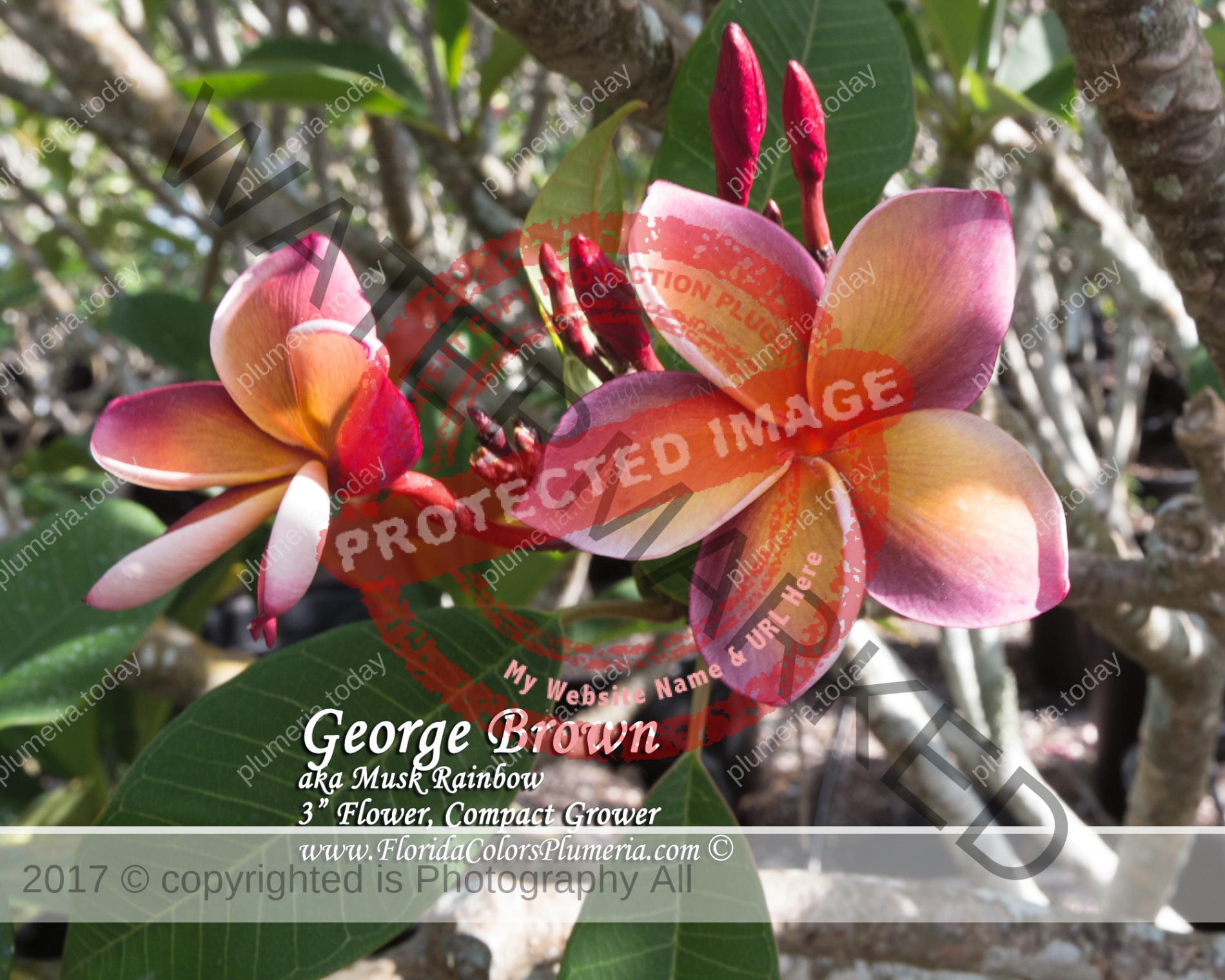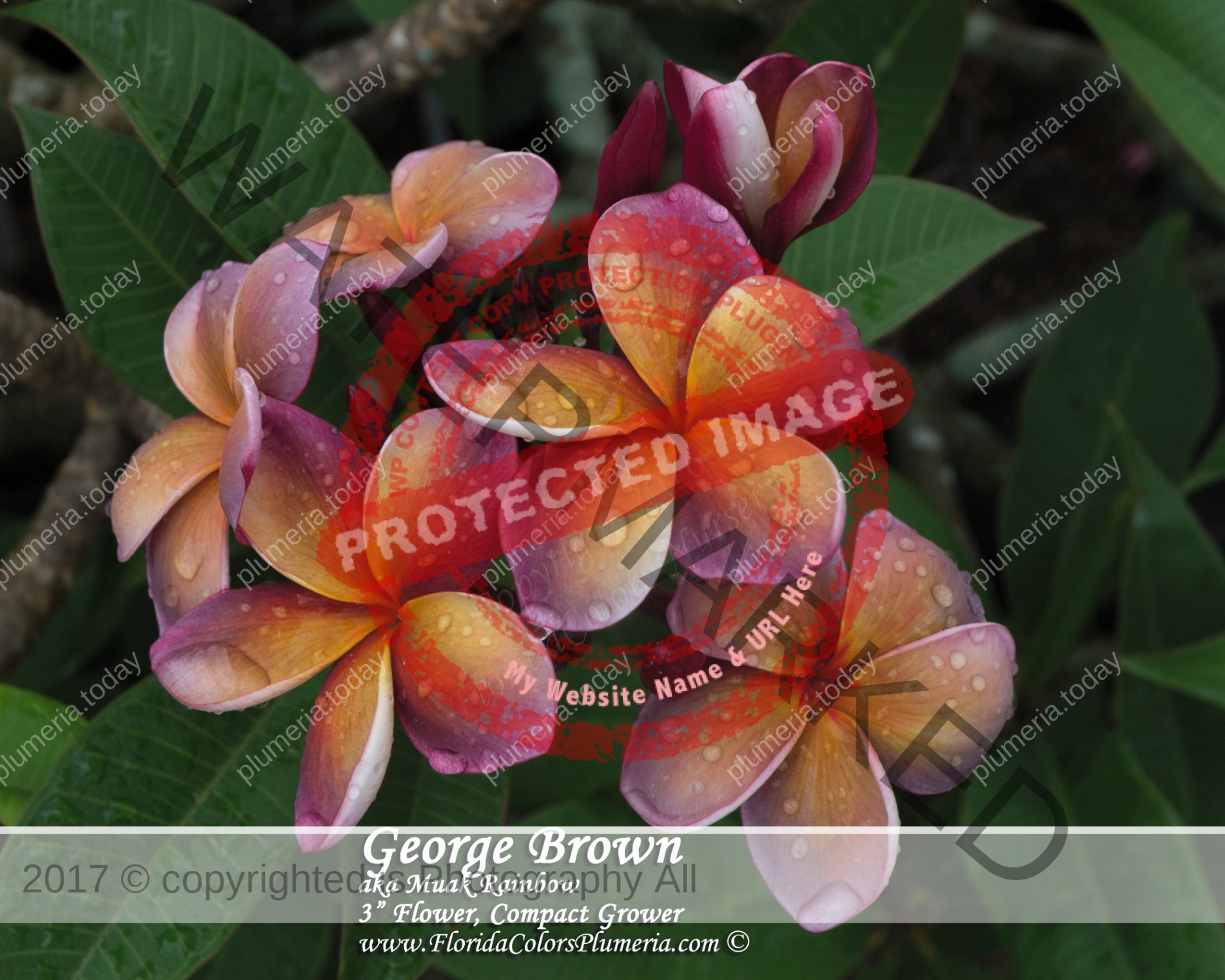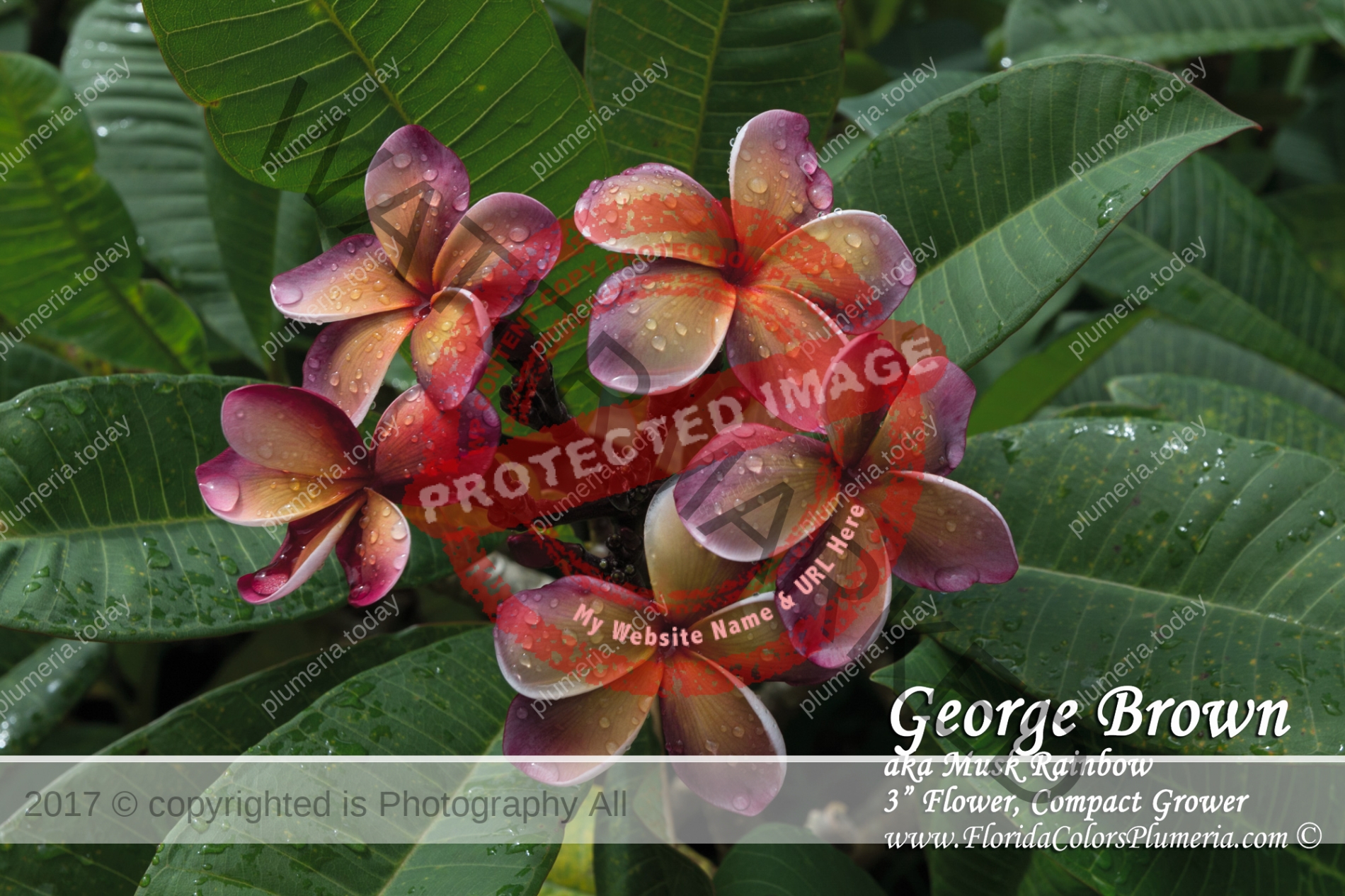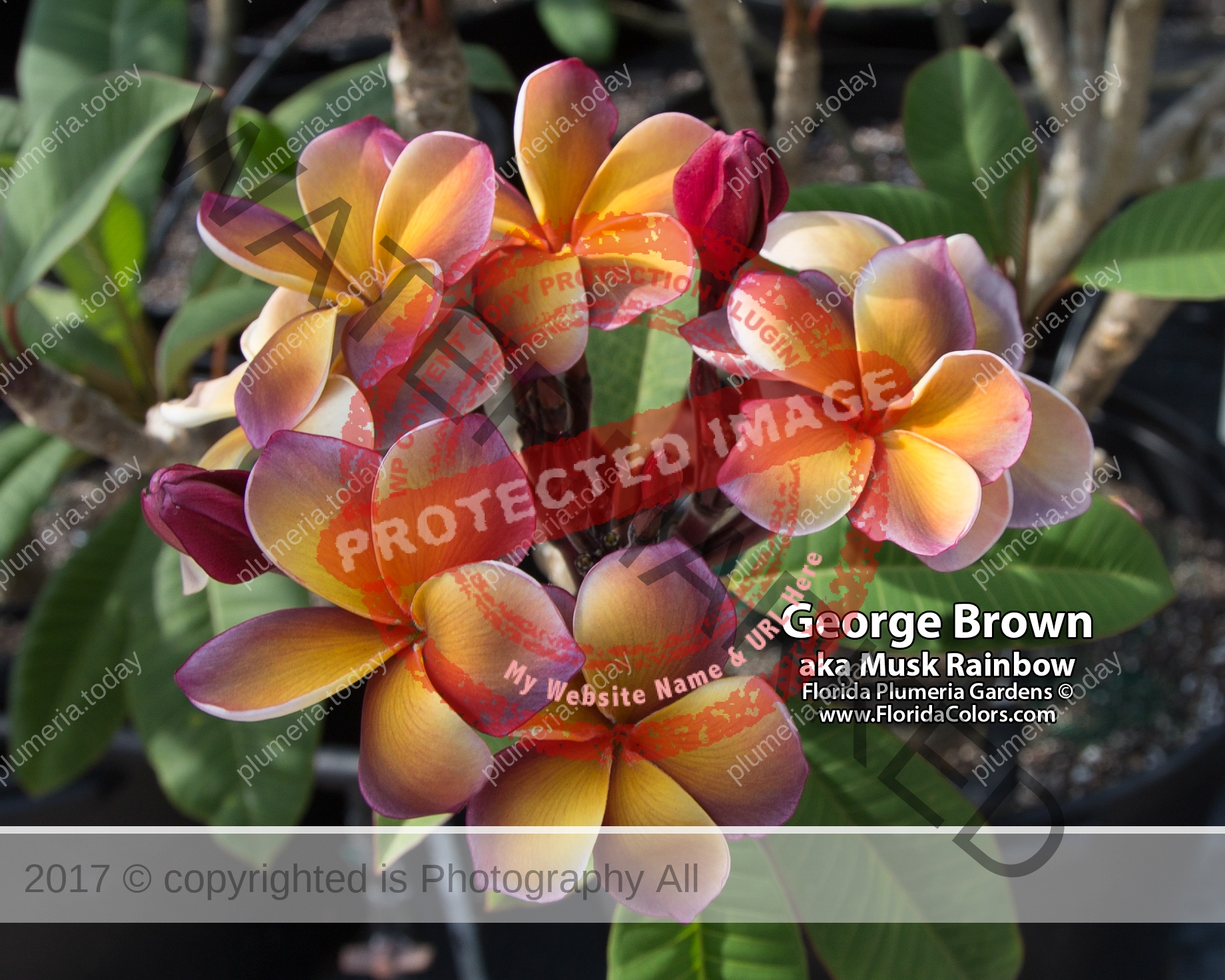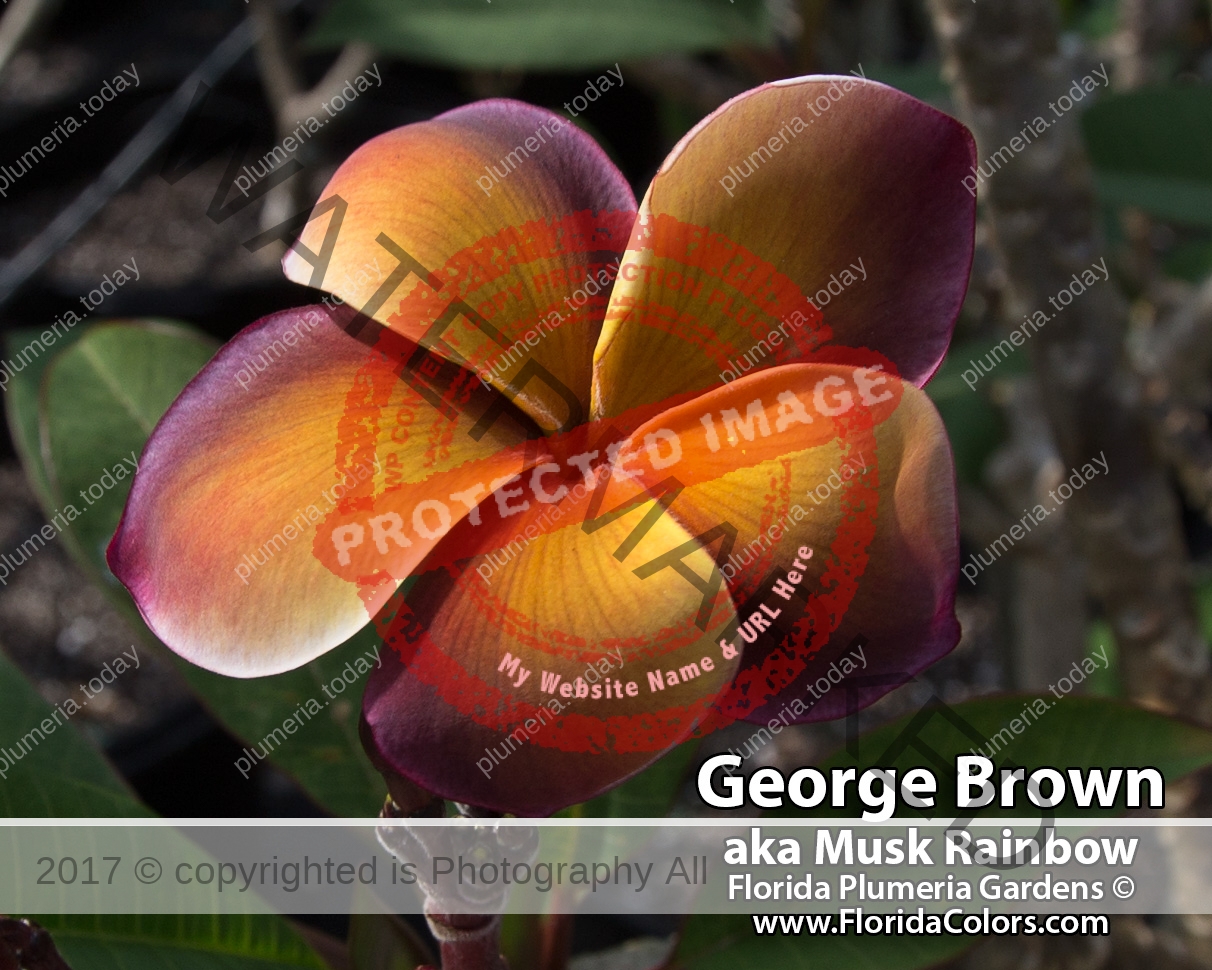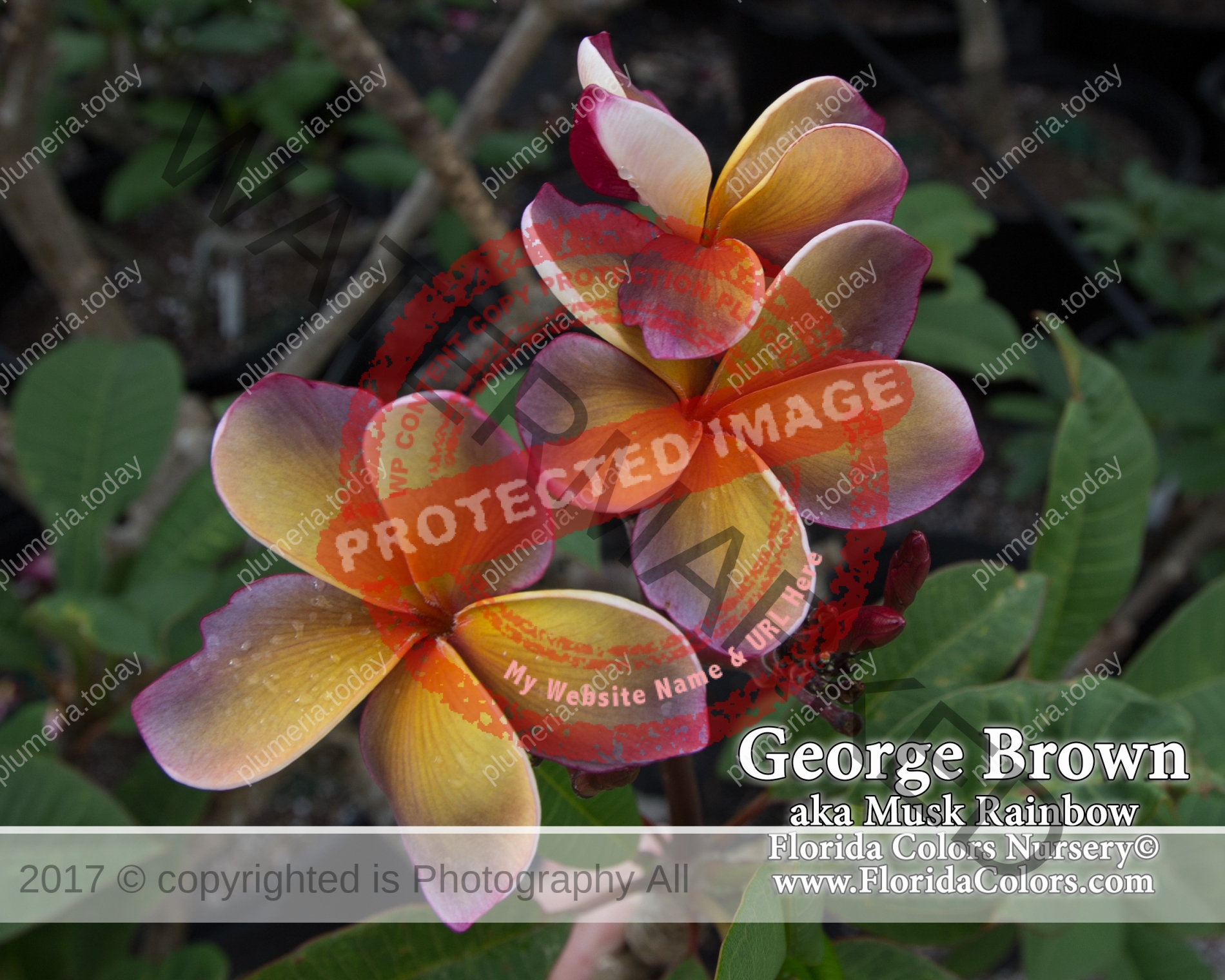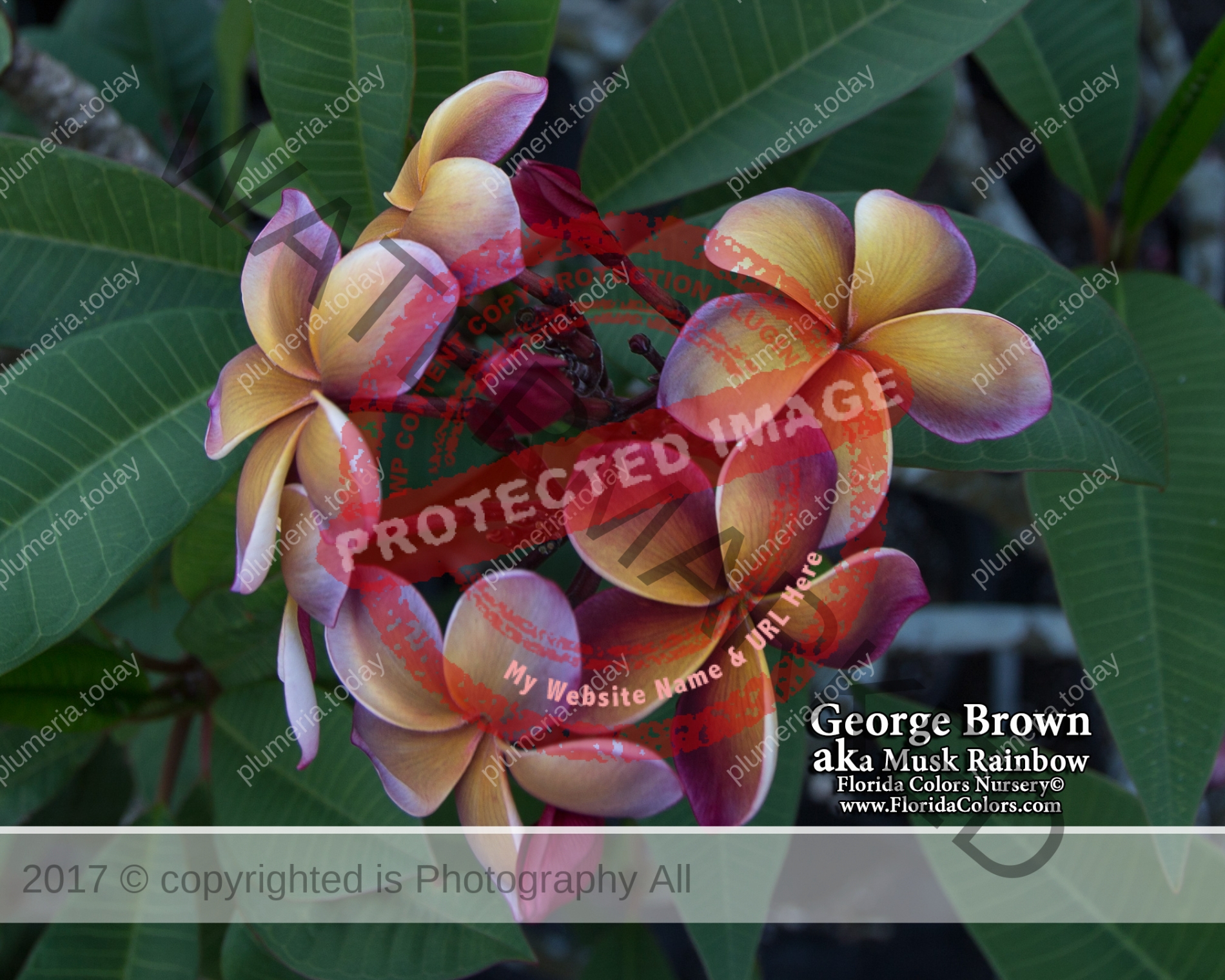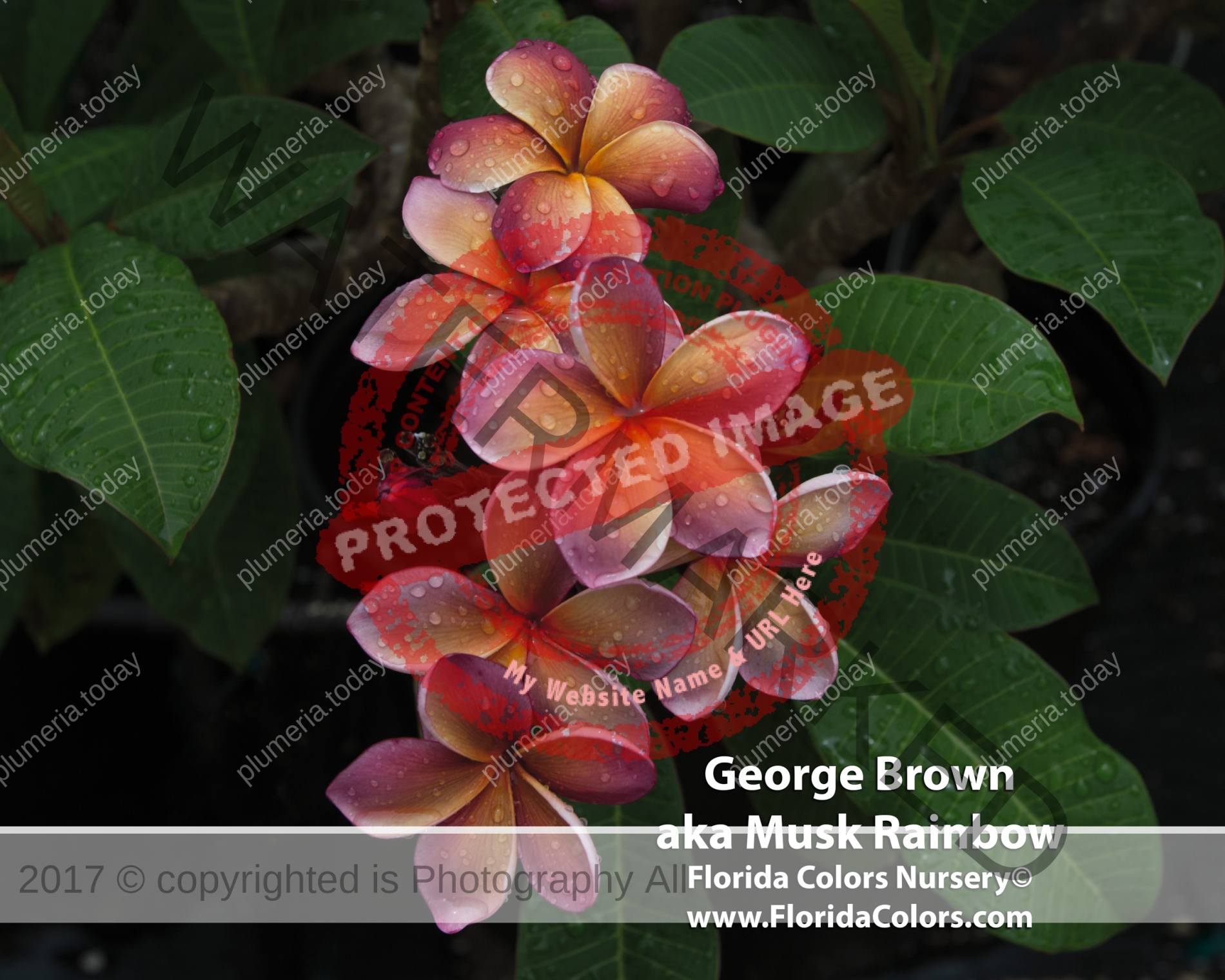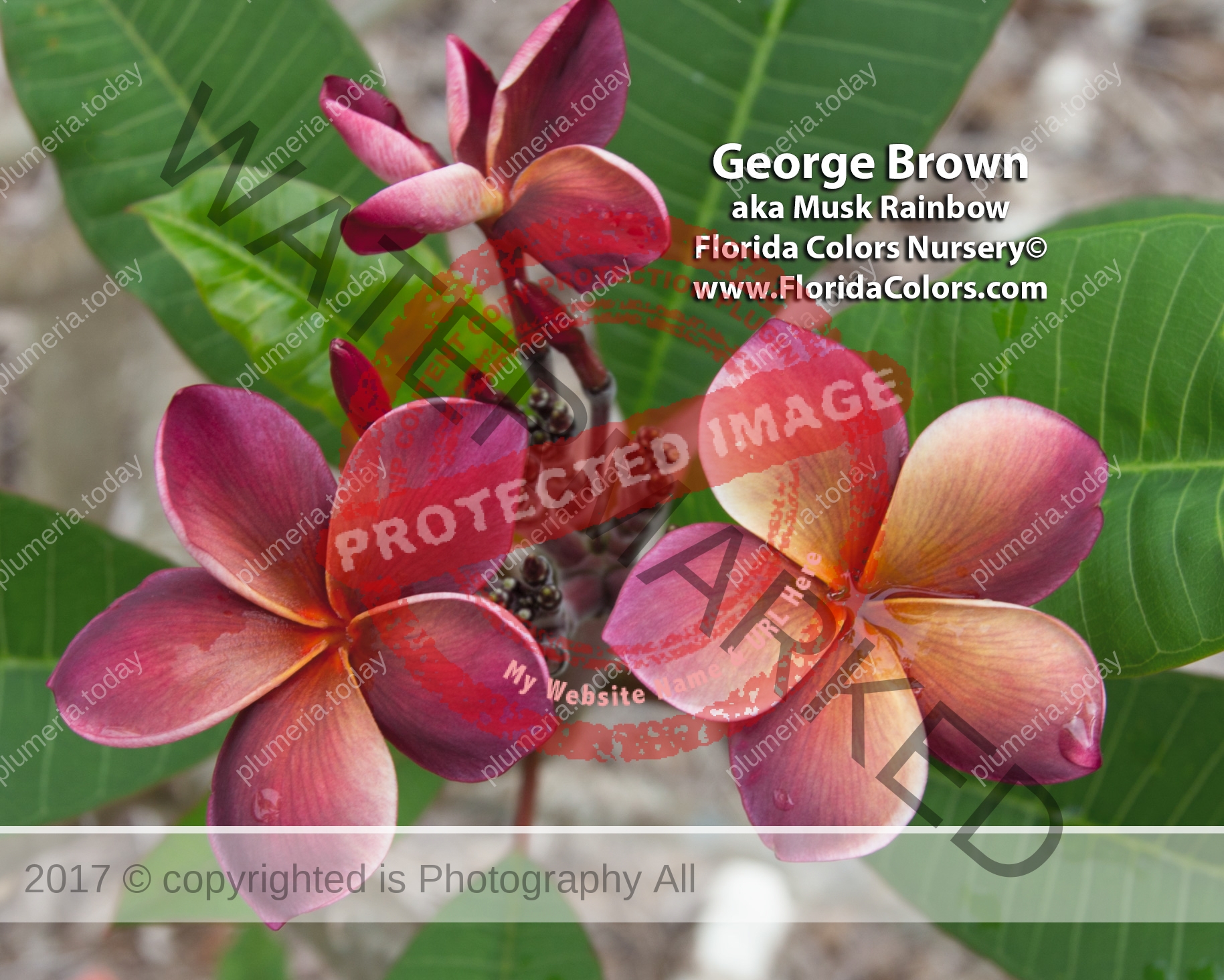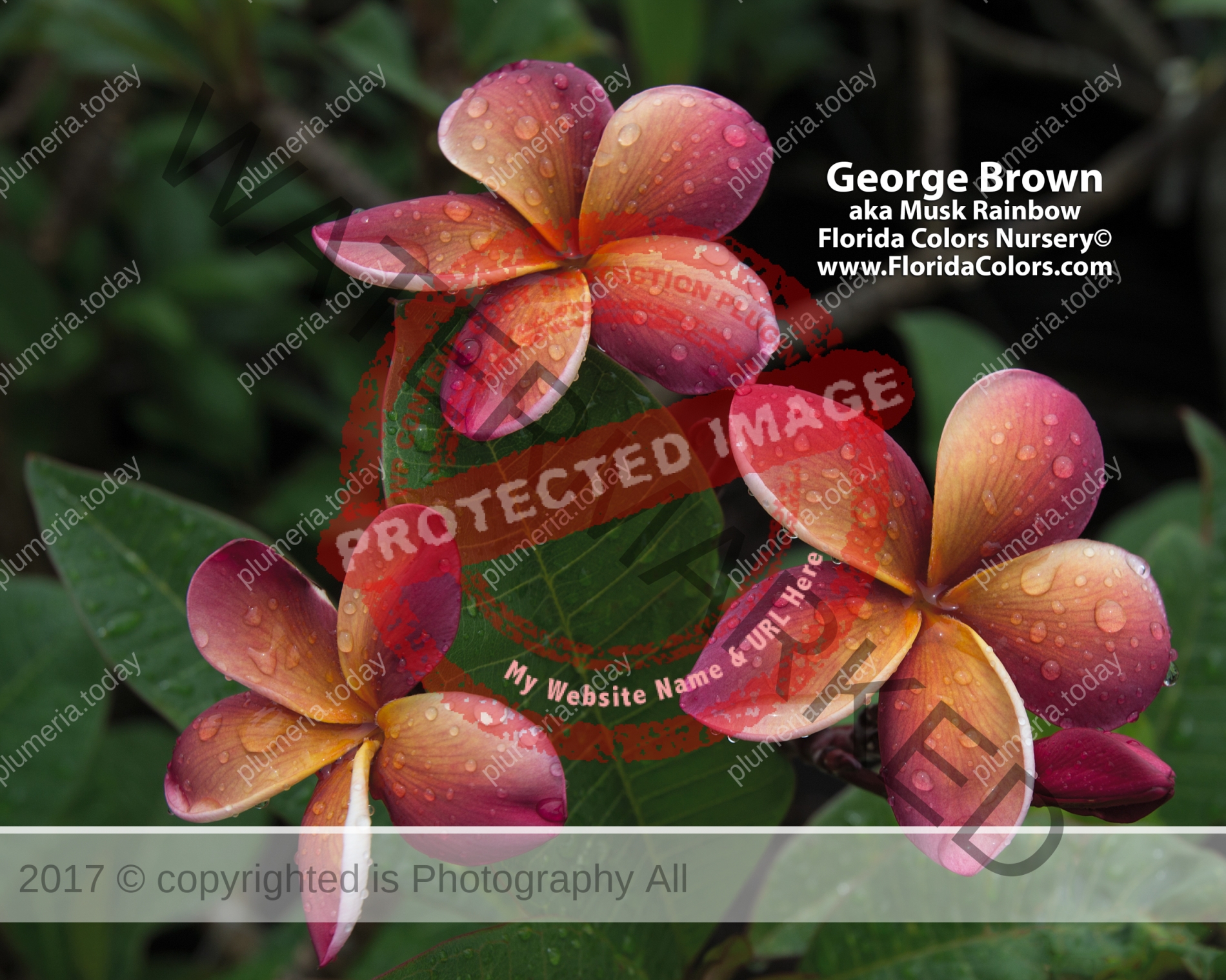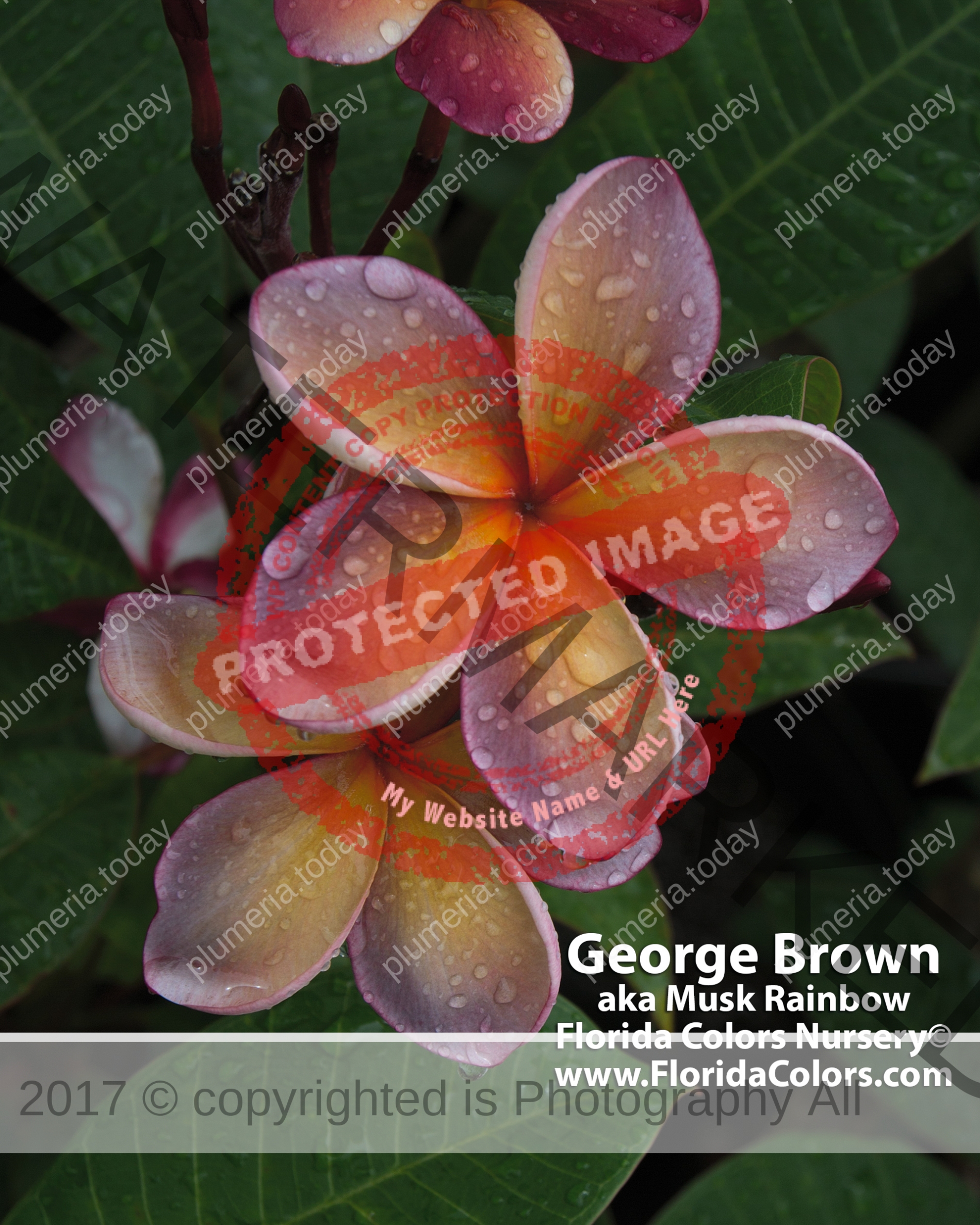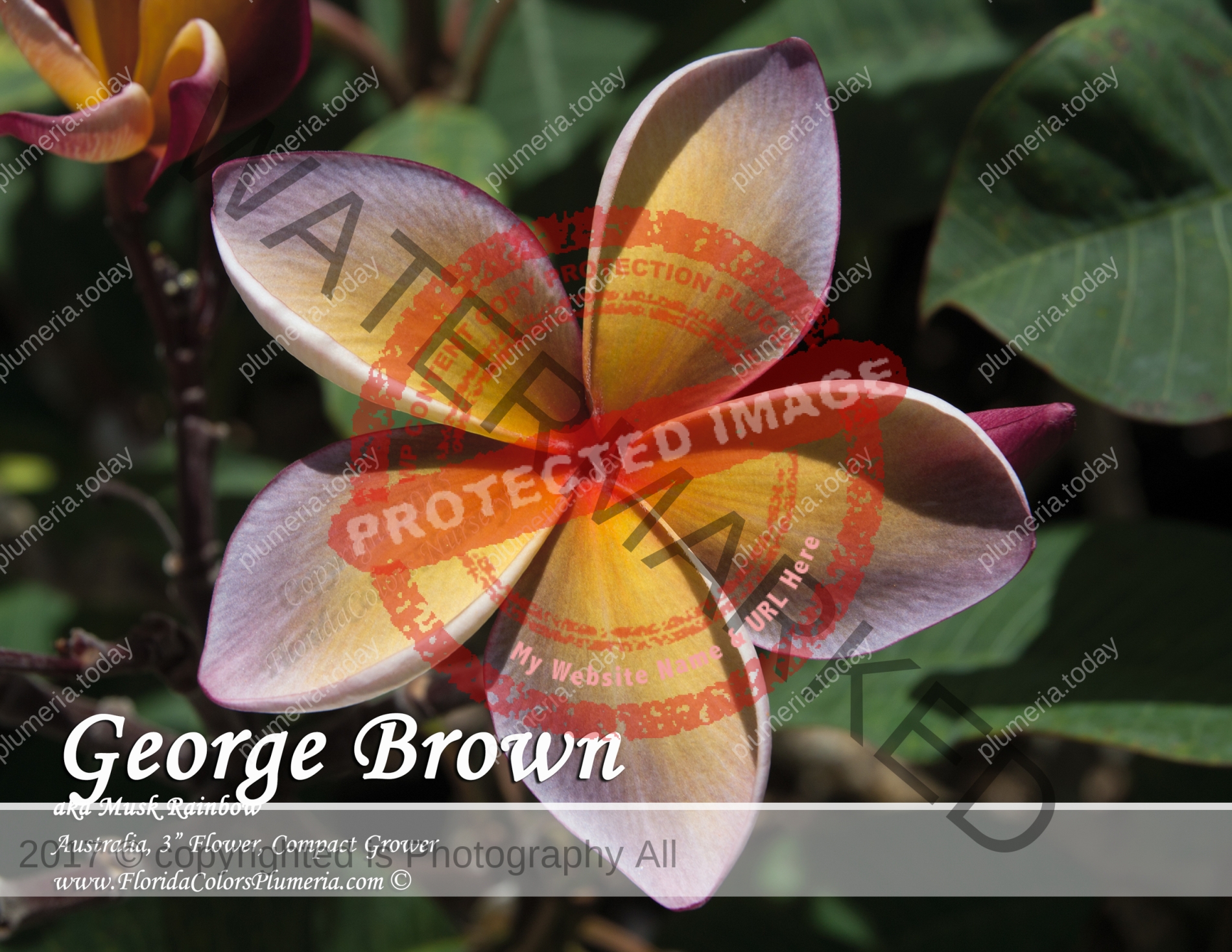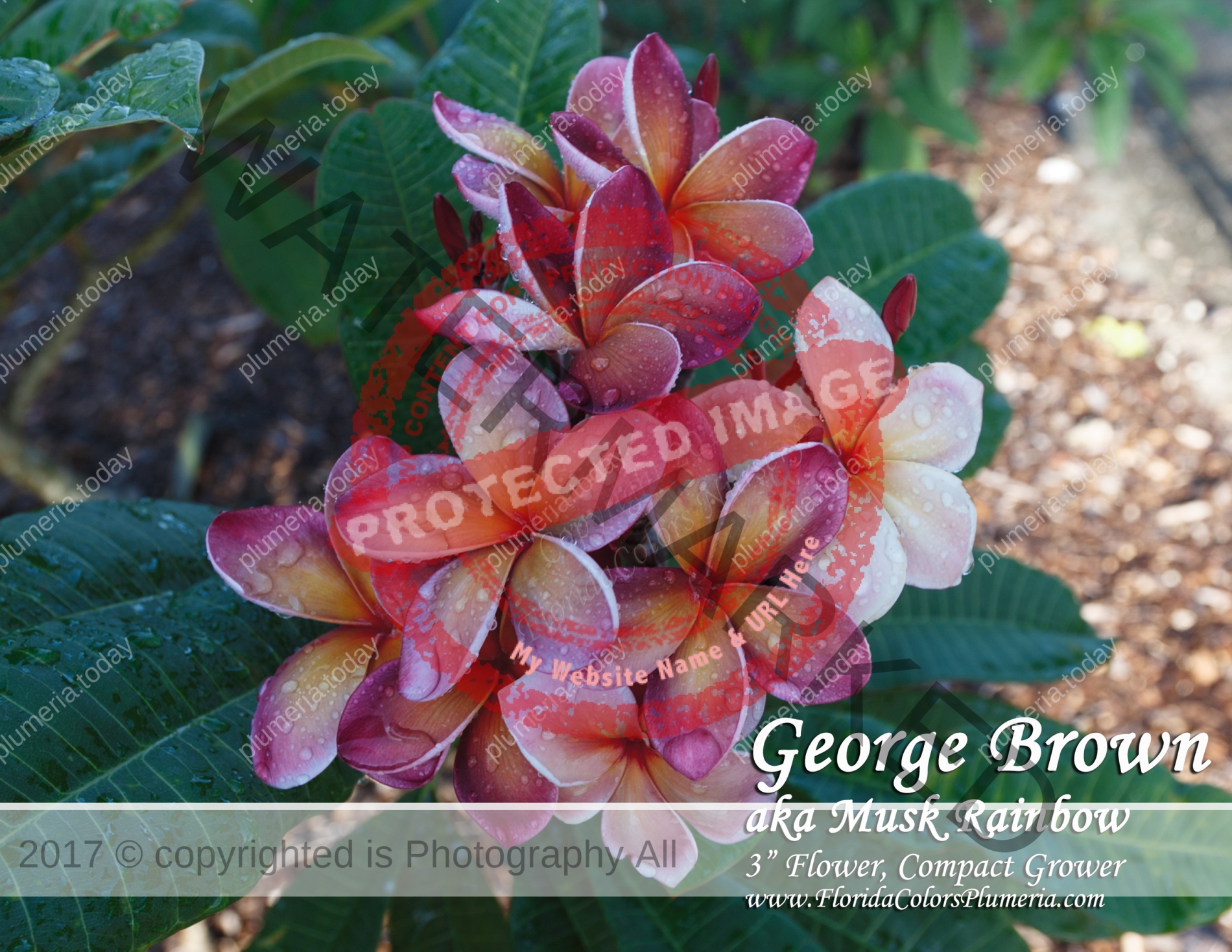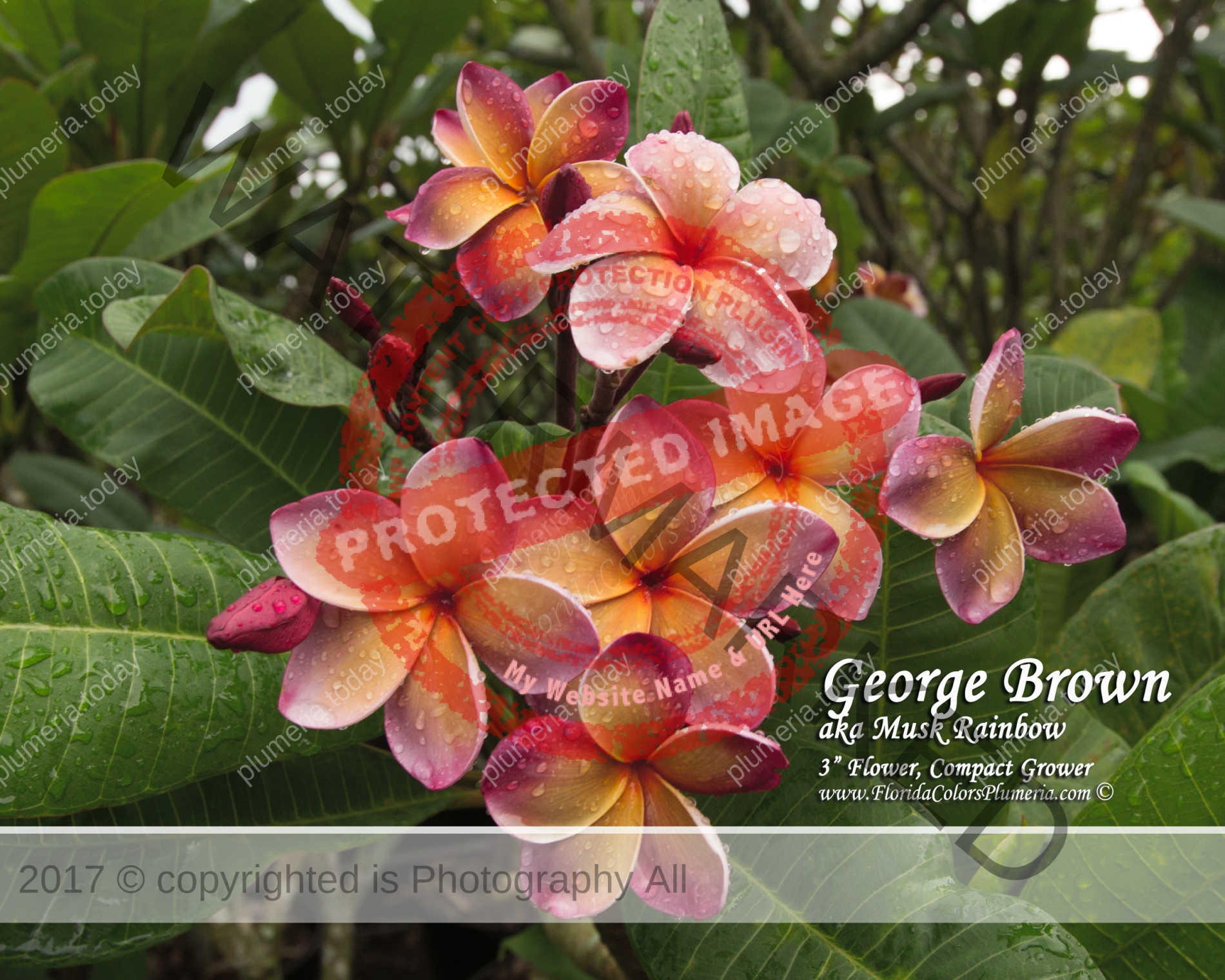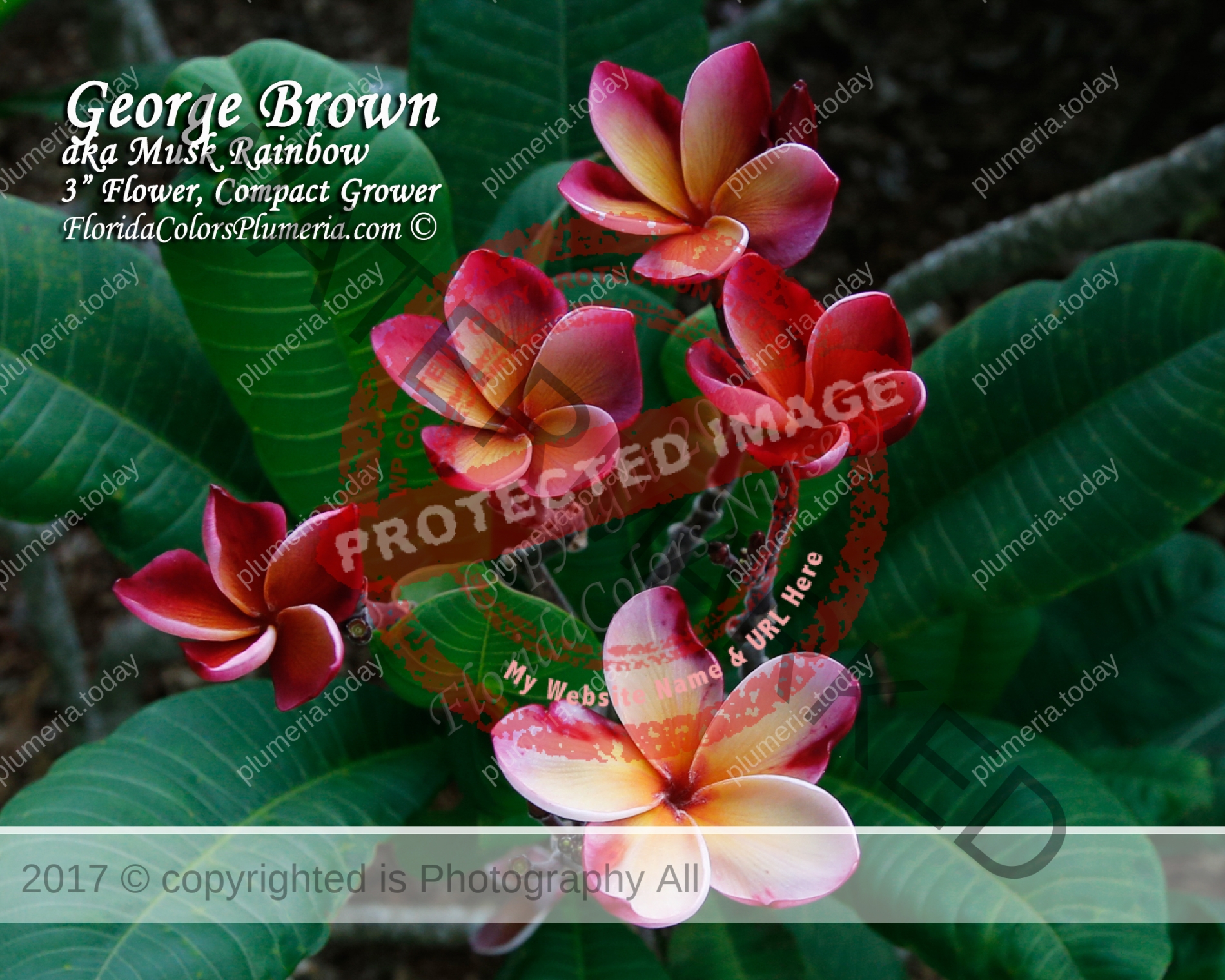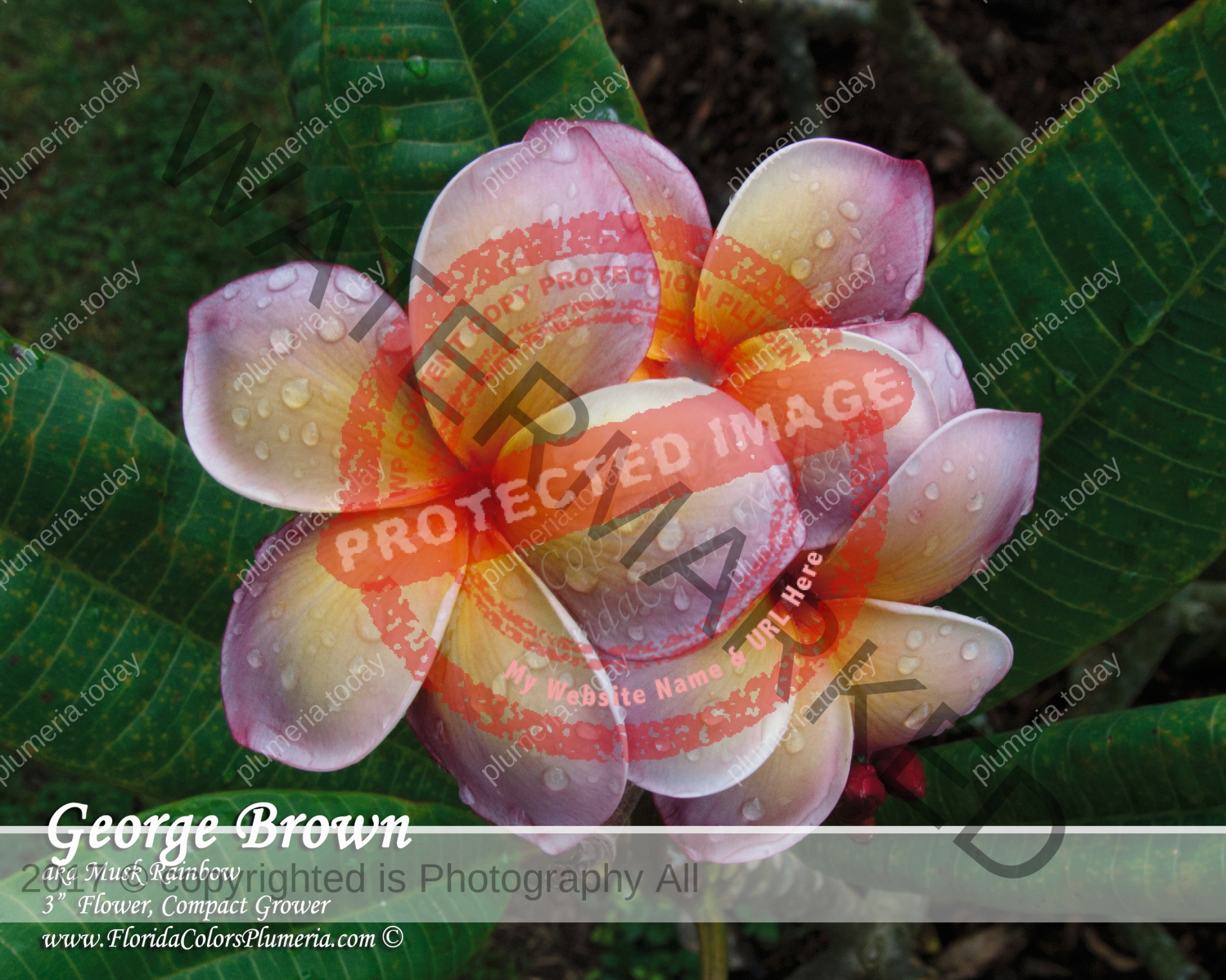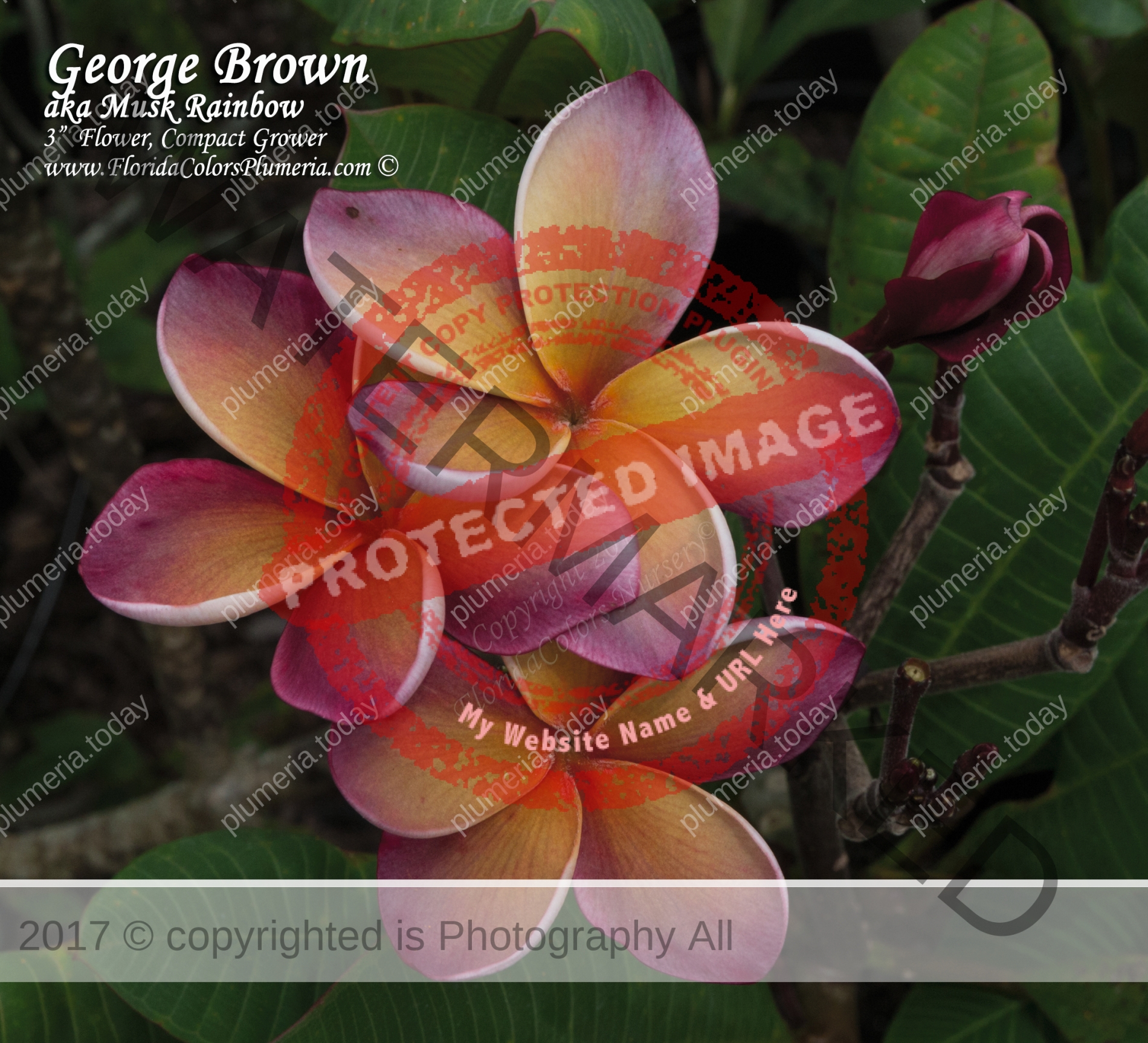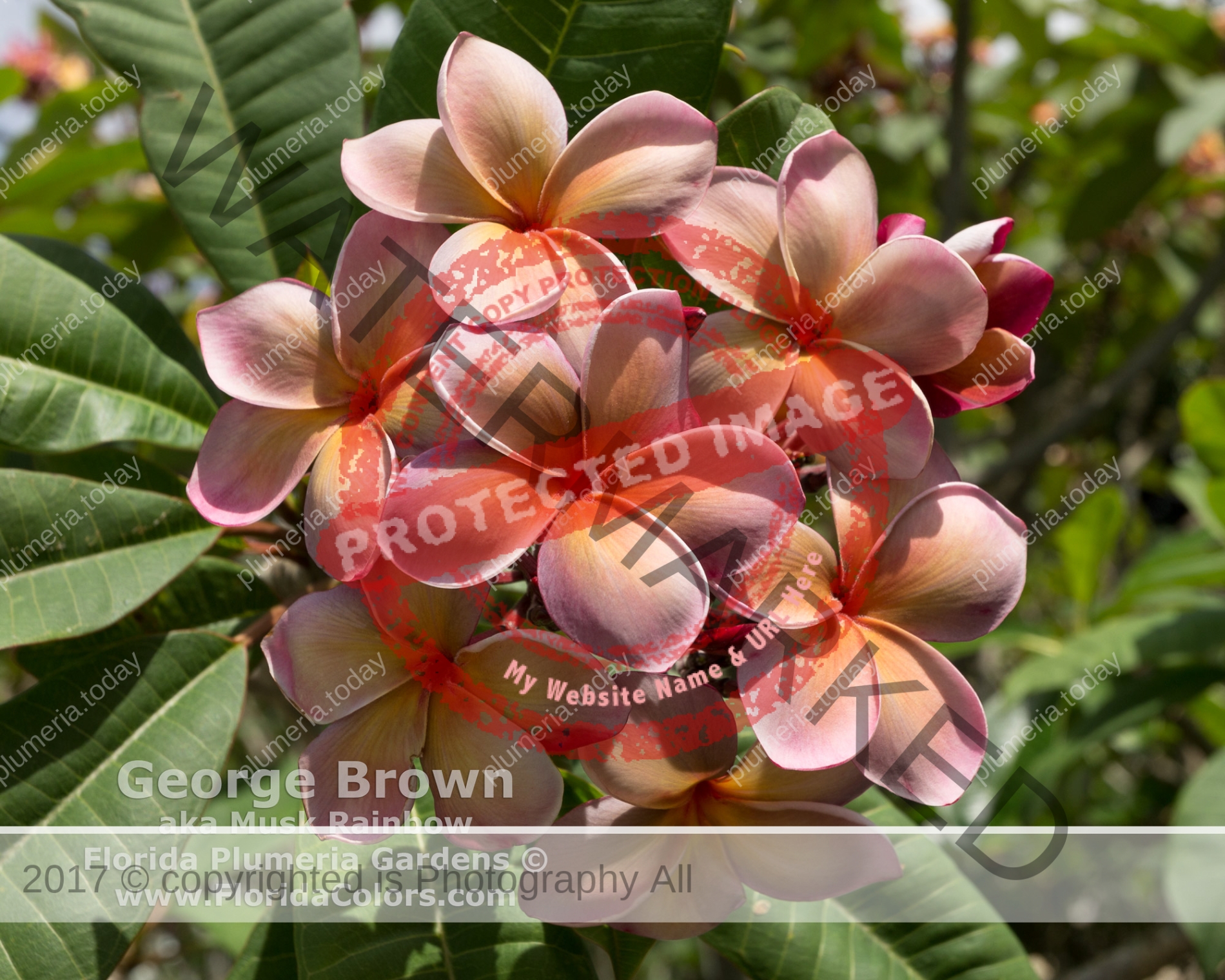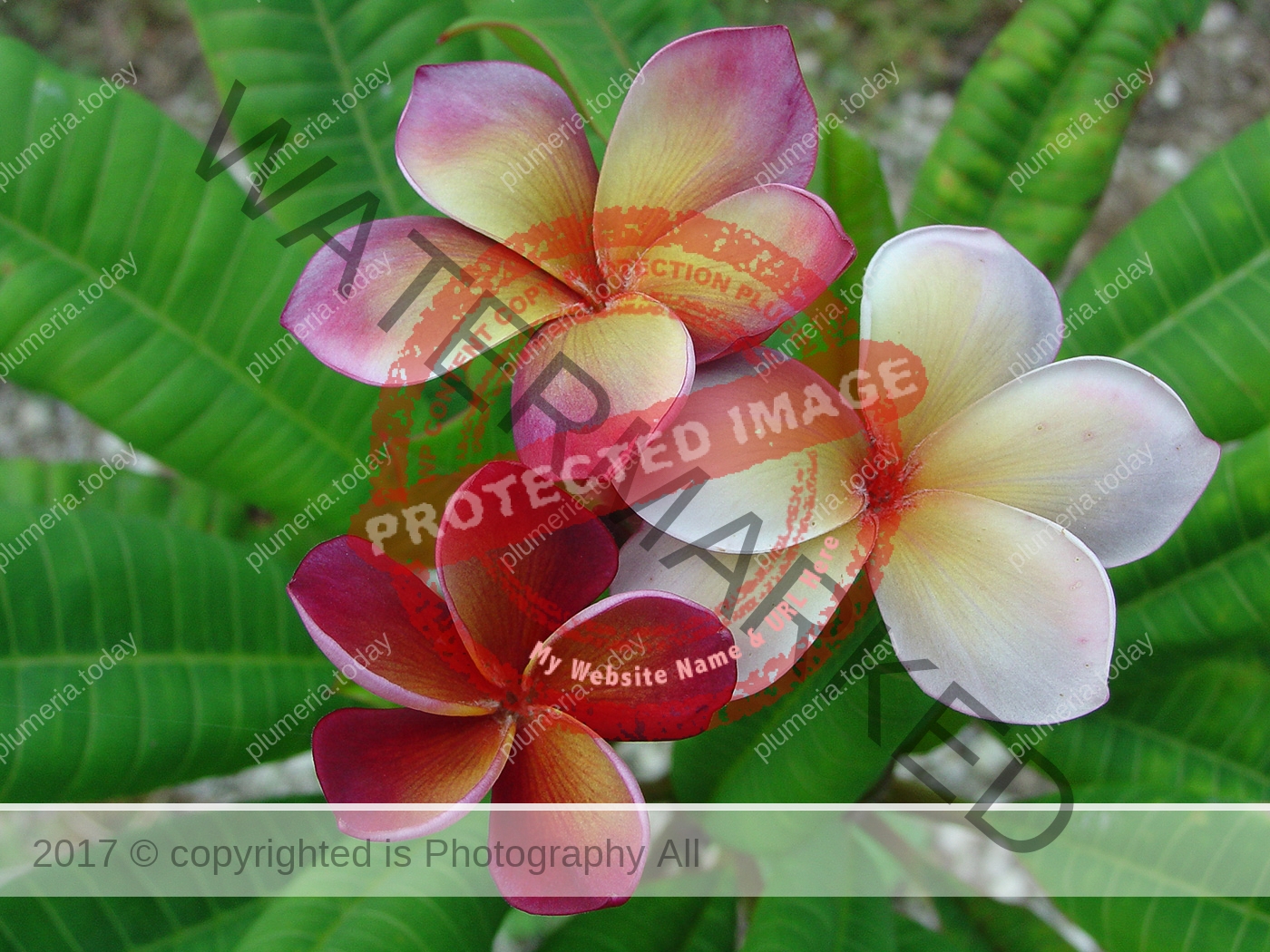When looking for plumeria it helps to know what to look for and what to expect if you are getting a plumeria cutting, a rooted Plumeria or a grafted Plumeria.
A Plumeria Cutting is the tip of a branch cut from a donor plumeria, usually about 10″-18″ long depending on the donor plumeria growing habit. Cuttings do not have roots, but have been allowed to callus (callusing allow the cutting to form a tissue that allows roots to grow) Cutting are sold only in the Spring and Summer months. Cutting make specifically for grafting are called scion and are 6″-10″ long depending on the donor plumeria. A plumeria cutting will eventually have to be rooted for it to survive.
A Rooted Plumeria is a plumeria cutting that has been allowed to grow its own root system. For plumeria cutting to form root will take 6-8 weeks under ideal conditions or may take many months. Rooted plants should be allowed to grow roots for at least 4 months prior to winter.
A Grafted Plumeria is a plumeria cutting (scion) that has been grafted to an already mature root system (rootstock). It take about 3 week after grafting before it is ready to ship. Grafted plants are grafted to root systems approximately 18 to 24 months old, depending on the diameter of the Cutting.
